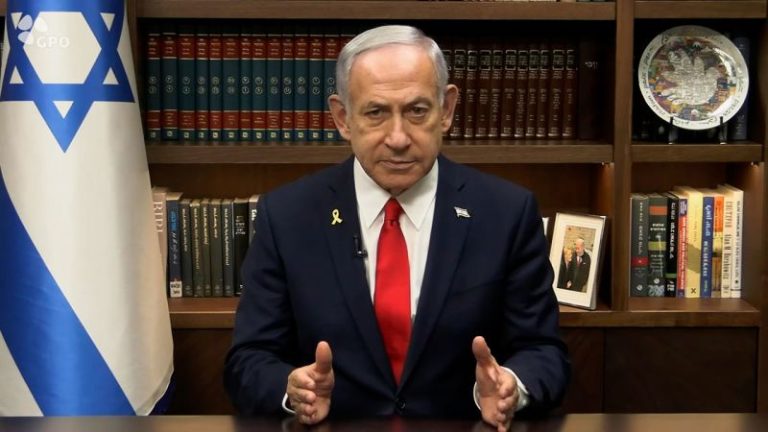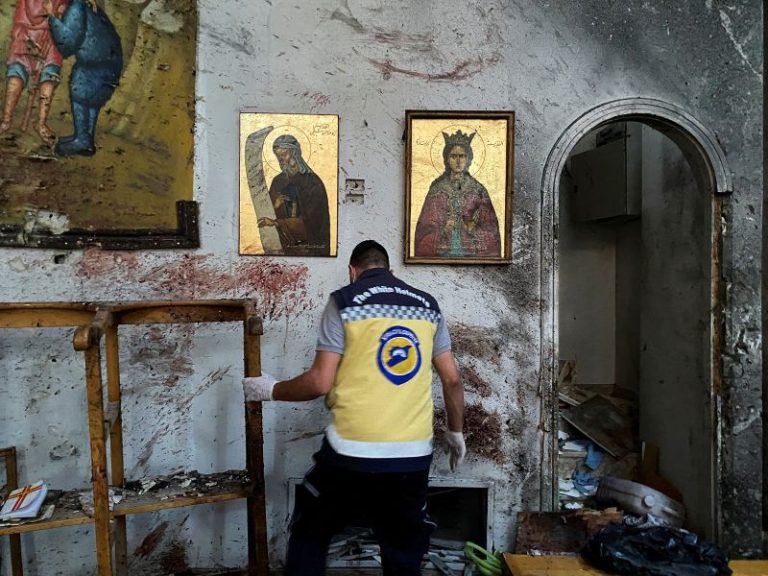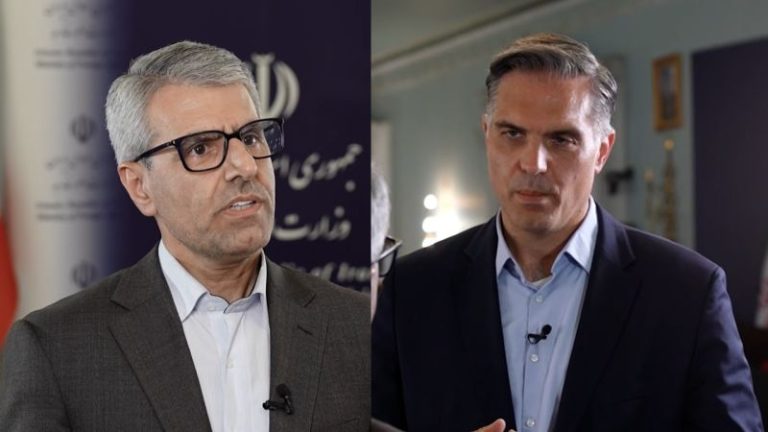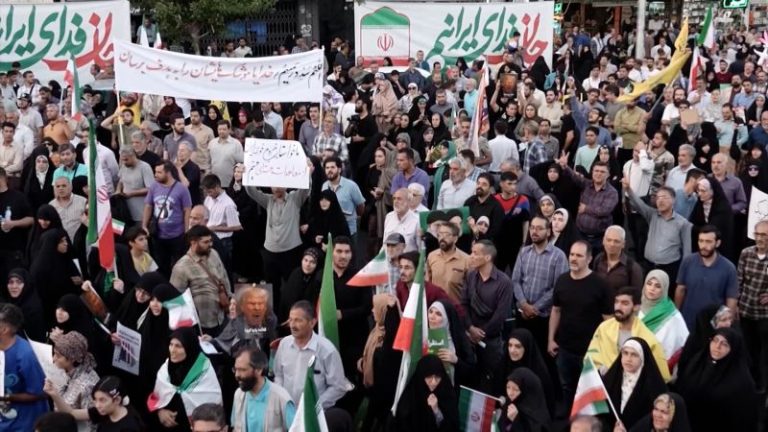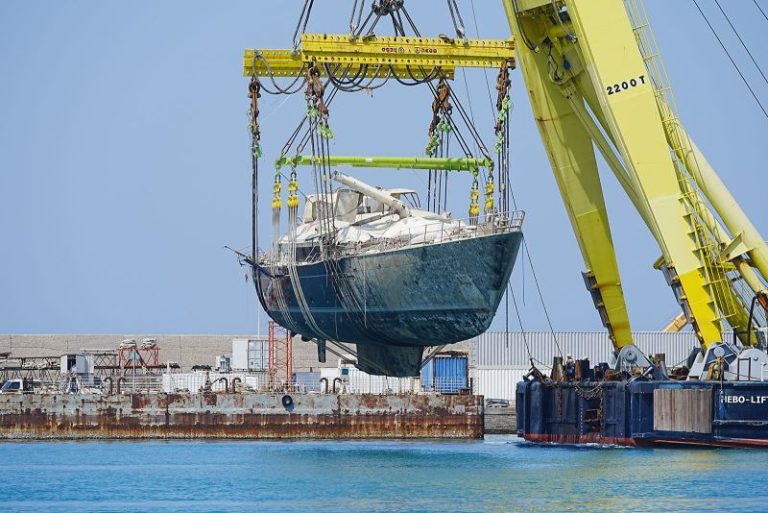An empty base as a target, with many hours warning, and a limited number of missiles fired at some of the best air defense systems in the world. Iran’s retaliation for the US’s weekend strikes on three of its nuclear facilities can only have been designed to deescalate.
The US-run Al Udeid airbase in Qatar had been evacuated days earlier, with satellite images showing the departure of planes and personnel widely publicised in the media. It is the most important US military airbase in the region, the home of Central Command. It even launched the drone that killed Iran’s top military personality, General Qasem Soleimani, in 2020, Iranian state media said in the hours after “Operation Glad Tidings of Victory.” The Monday strike against Al-Udeid had close to zero chance of American casualties – and provided the perfect moment of quasi-absurd face-saving for Iran.
The first hint of a possible strike came when the US Embassy in Doha, Qatar, issued an emergency “shelter in place” order for US citizens. As if to remove any doubt, Qatar closed its airspace about an hour prior to the launch of what appears to have been close to a dozen missiles by Iran. Adding to the favourable conditions of the launch for Iran’s dwindling arsenal, Qatar is close enough to permit the use of shorter-range missiles, stocks of which have not been as depleted as the medium-range missiles used to hit Israel over the past week.
To pour water on anything resembling a flame, Iran’s National Security Council said moments after the attack the number of missiles fired had been “as many as the number of bombs used in the attack on Iranian nuclear facilities.” Packaging the barrage as the definition of a proportionate response, the Iranian statement went on to insist the attack posed “no dangerous aspect to our friendly and brotherly country of Qatar and its noble people.”
Tehran’s method of retaliation-without-fangs has been successfully tried and tested. After Soleimani was killed, Iran’s retaliatory missile attack against the US’s Al Asad airbase in Iraq was reportedly telegraphed to Baghdad beforehand, possibly helping reduce the level of US injury suffered to mostly concussions. Iran’s response to Israel’s assassination of Hamas leader Ismail Haniyeh in July 2024 in the heart of Tehran heavily telegraphed in advance.
“We knew they’d retaliate. They had a similar response after Soleimani,” a senior White House official said Monday night.
A playbook appears to be forming. But it is one that compounds Iran’s military weakness each time it is employed. In 2020, the Islamic Republic lost its pre-eminent military personality – an Iranian hardline hero. In 2024, it showed that valuable allies were not safe in central Tehran. This year, the regime has lost control of its own airspace to the point of previously unthinkable strikes on their prized nuclear facilities by both Israel and the US.
This is stark testament to the differing powers on display. Iran has to feign its strength in a managed presentation of restrained and muted anger. The US and Israel get to break taboos daily, shattering Iran’s long-held position as a regional power in under ten days, and perhaps ending its ambitions to be a nuclear power.
There is now only one real red line left for the United States or Israel to cross, and that is to directly target Iran’s Supreme Leader Ayatollah Ali Khamenei. But that may seem ill-advised, given the likelihood this octogenarian theocrat would be replaced by a younger hardliner who is keener to flex Iran’s muscles of deterrence. Better to accept toothless retaliations amid Tehran’s slow decline.
Each expression of Iran’s anger has confirmed its slow erosion of power. An angry fledging nuclear power would have accelerated its race to an atomic bomb. That may still happen. But it looks more likely that Iran is desperately hoping its performative lashing out can sate what remains of its hardliners, decimated by Israeli strikes. It may even hope to shuffle back to diplomacy, with talks to contain a nuclear program and ballistic missile stockpile likely severely depleted to shadows of what they were merely ten days ago.






